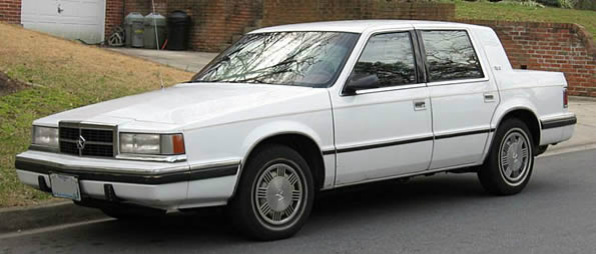Story and translation by Nicholas Bremner
| DAY 1: CIUDAD GUZMÁN – COLIMA (61km (40 miles), total 61km (40 miles)) This is an account of two foreigners trying to experience as much of Mexico as possible. David and I had been living in the state of Jalisco for the best part of six months, involved in volunteer journalism projects in the town of Ciudad Guzmán, but we decided to finish a week early in order to try and take advantage of the limited time we had left. We did the basics; saved enough money, planned a vastly audacious itinerary, and then of course the logical progression from there was to purchase a vehicle to take us on this epic journey. And the word on the street was that the border town of Tijuana was the place to find a cheap car, so impulsively we decided to take a flight north, with the idea of returning via the infamous Baja California highway all the way to Jalisco... | DÍA 1: CIUDAD GUZMÁN – COLIMA (61km, total 61km) Esta es una historia de dos extranjeros que querían conocer lo más amplio posible de México. David y yo estábamos viviendo en Jalisco durante casi seis meses, donde nos involucramos en proyectos de periodismo en Ciudad Guzmán, pero decidimos terminar una semana antes para intentar aprovechar el limitado tiempo que teníamos. Arreglamos las cosas básicas; ahorramos suficiente dinero, y planeamos un itinerario muy audaz. Lo lógico era comprar un vehículo para viajar en él. La gente nos decía que Tijuana era el lugar más apropiado para comprar un carro barato, entonces impulsivamente decidimos tomar un vuelo al norte... |
Day 1: | Día 1: |

 RSS Feed
RSS Feed